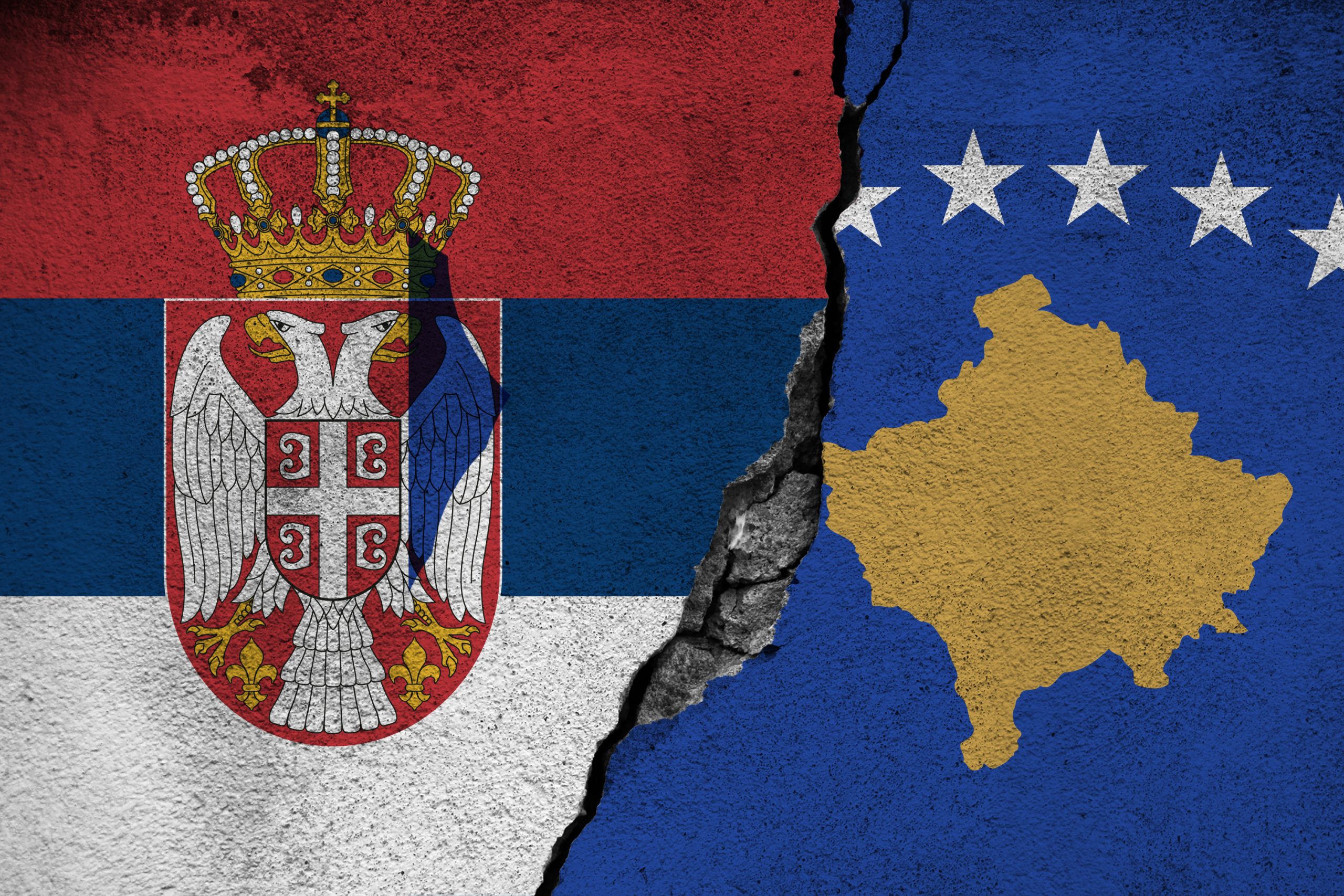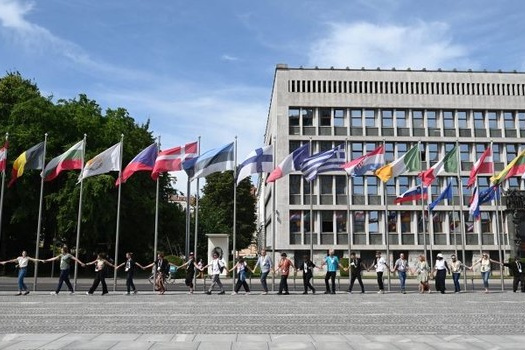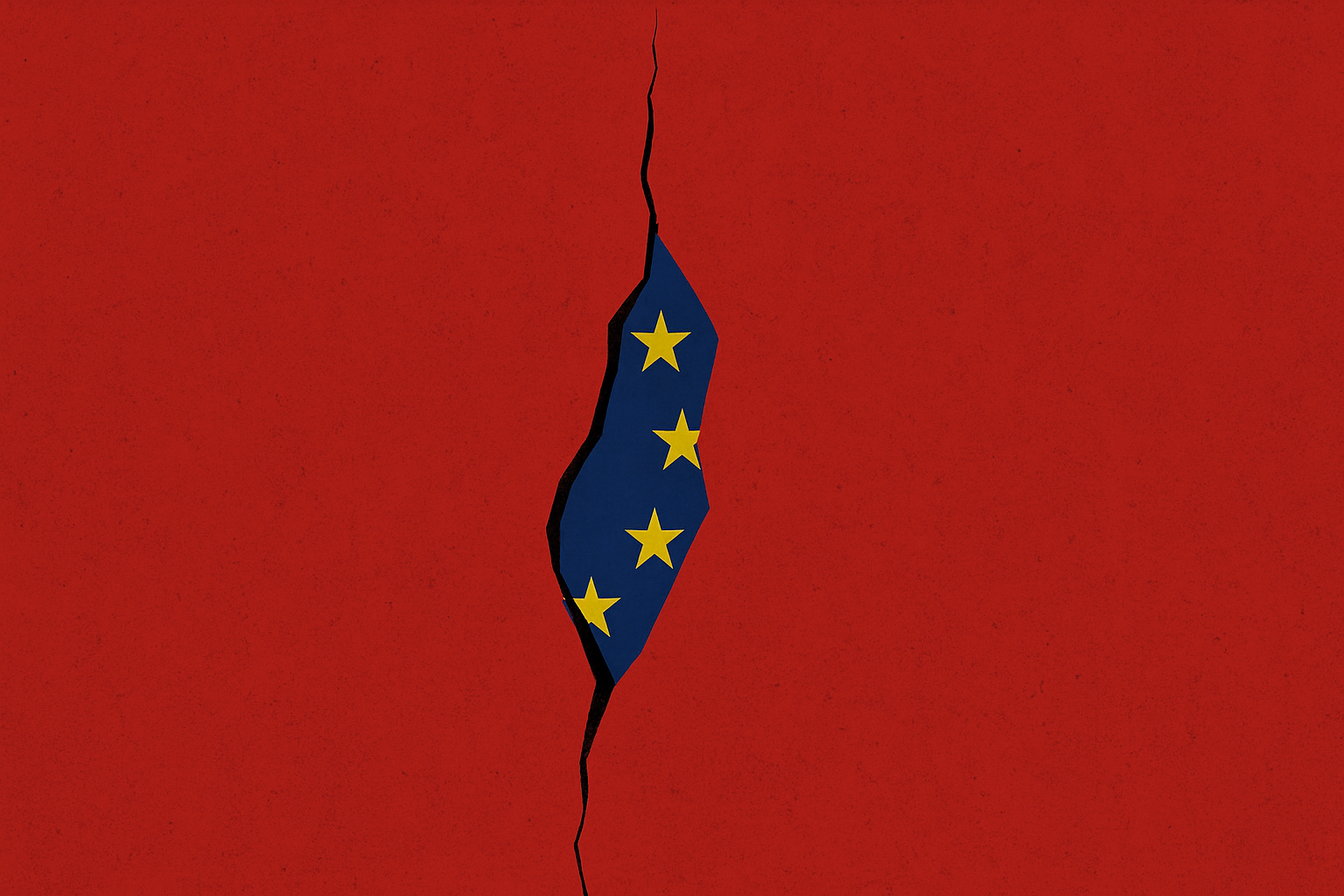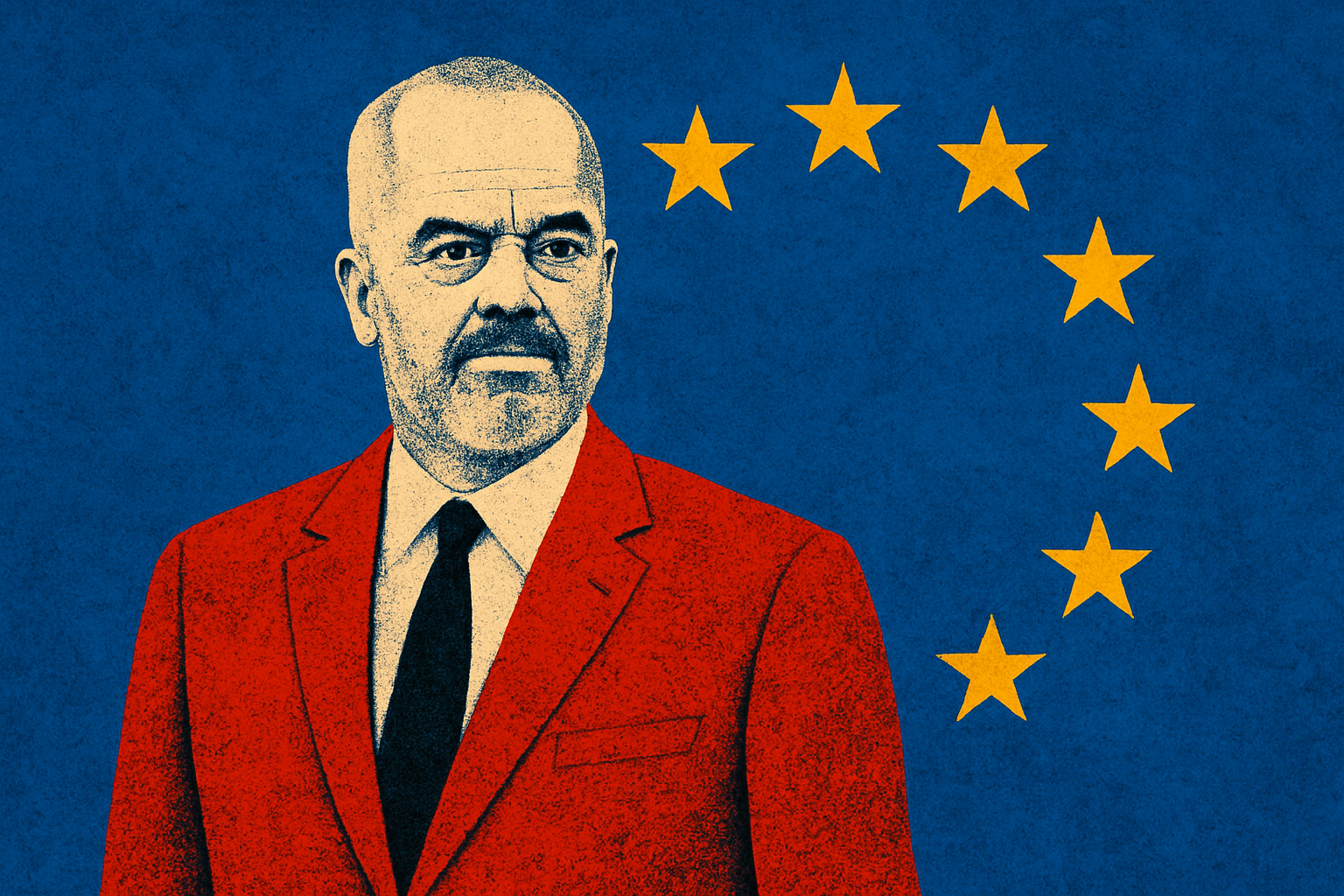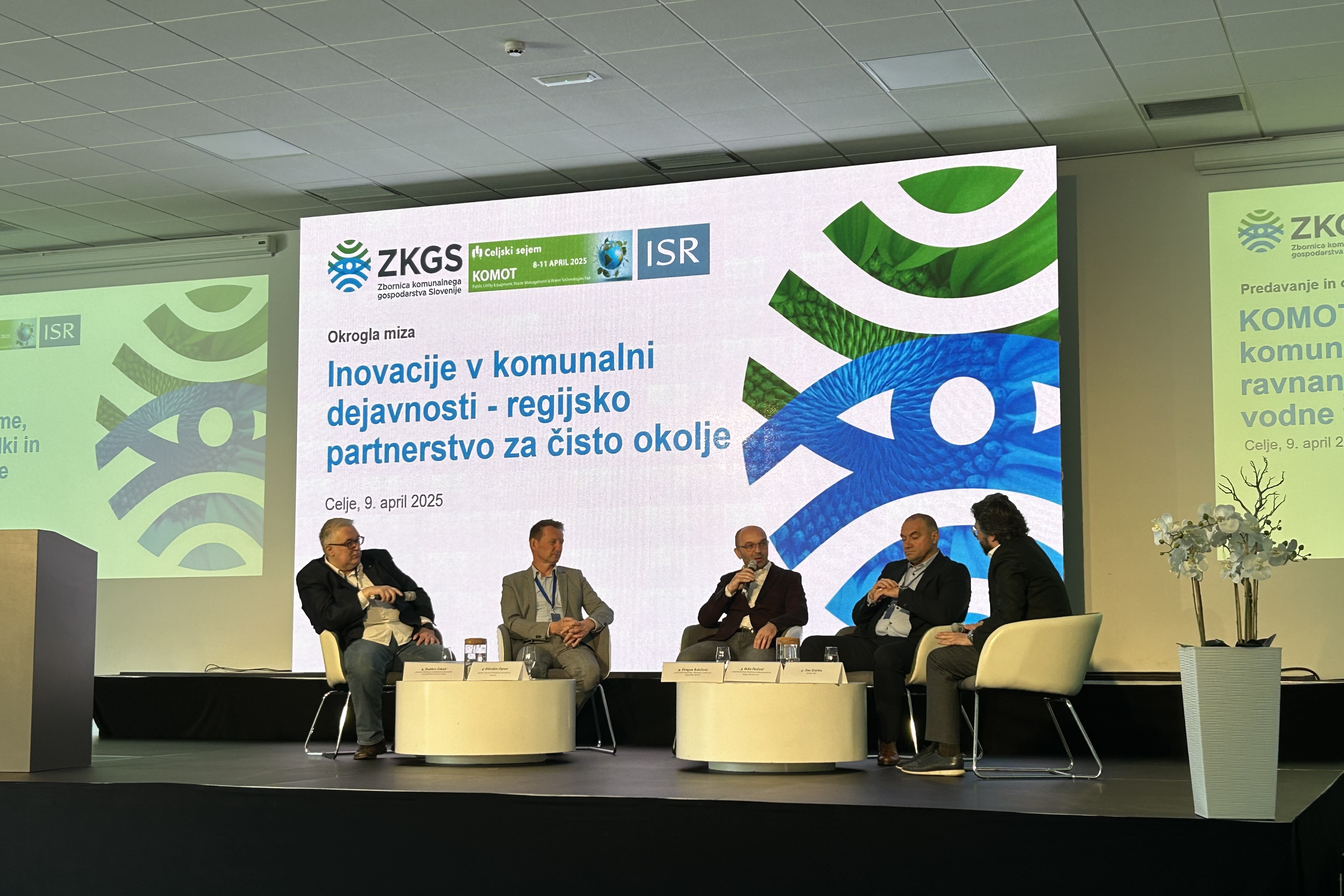Strategic Foresight 2023: Western Balkans
The Adriatic Team
The top 3 risks of 2023
The top 3 risks of 2023
1. Growth rates in the Western Balkans have been revised downward since the spring of 2022.
According to economic forecasts, the Western Balkans is being confronted by a series of adverse shocks, stemming from the global energy crisis and the war in Ukraine. Higher energy and food prices have pushed inflation to levels unseen for decades. In 2022 there was double-digit inflation in all countries except for Albania. Purchasing power and business confidence were eroded, as well as an estimated 13% increase in the number of poor in 2023. The region’s export boom has also begun to slow down, widening current account deficits sharply. For example, a decrease from 54.9% of GDP in 2021 to 8.7% of GDP in 2022 and this in turn is putting pressure on currencies and foreign exchange reserves. The data provided by the World Bank suggests that the labour market is beginning to cool down and there is increasing uncertainty about employment growth. Within such a constellation, the strong start made in the first six months of 2022 by the Western Balkans could potentially “be annulled” by mid-2023.
2. Structural reforms are urgently needed, but several uncertainties exist regarding the persistent political capabilities issue.
2. Structural reforms are urgently needed, but several uncertainties exist regarding the persistent political capabilities issue.
Data from the Penn World Table shows that the Western Balkans need structural reforms to boost potential growth. Stemming from this, organizations such as the European Bank for Reconstruction and Development, the World Bank and the International Monetary Fund have indicated that governments should prioritize reforms that would serve to accelerate potential growth with a low fiscal cost. Such reforms should facilitate the rise of standards of governance, including digitalization, level of market competition, removal of entry barriers to business, as well as retention and reinvestment among foreign investors to boost productivity. While such reforms are needed, the biggest risk comes from the field of political capabilities, meaning that the political elite is either unable or unwilling to introduce the needed structural reforms. Cases of BiH, Montenegro and to a certain extent, North Macedonia, show how a gridlocked political situtation can diminish the prospect of introducing the needed reforms.
3. Stagnation on the path towards the EU could exacerbate bilateral tensions in the region.
3. Stagnation on the path towards the EU could exacerbate bilateral tensions in the region.
The war in Ukraine, coupled with accession fatigue, the rise of socio-political uncertainties in Bosnia and Herzrgovina, Montenegro and North Macedonia, and deteriorating relations between official Pristina and Belgrade, are becoming an everlasting challenge for the notion of good neighbourly relations. An unclear European integration perspective, accompanied by the unwillingness of the said countries to join the Open Balkan initiative, could, in turn, exacerbate the already burdened bilateral relations between the countries in the region in 2023.
CROATIA
This year’s assesment of the investment environment shows that Croatia is going to stay moderately stable due to the recovery measures and stimulative economic incentives during the energy crisis. In 2023, Croatia’s economic growth is forecast to be rather low (1%), while inflation should decelerate to 6.5%. Analysts at the Institute for Strategic Solutions will follow the situation closely alongside domestic consumption.
SLOVENIA
Analysts at the Institute for Strategic Solutions estimate that the general Investment Environment Assessment will remain moderately stable as it was in 2022. The biggest risks that could potentially influence the general investment Environment Assessment are related to public debt, the healthcare system, the taxation system, and inflation. The political environment has improved, as the election in 2022 enabled a strong majority between three political parties that can implement the needed reforms in the year to come.
BOSNIA AND HERZEGOVINA
Analysts at the Institute for Strategic Solutions estimate that the general investment environment is going to remain moderately uncertain. Such trajectories could be further accelerated as the general elections in BiH did not bring any significant changes, meaning that the political crisis will stay “locked”. In 2023, the biggest risks – besides the political ones, touch upon the socio-economic dimension, as inflation rises and there is slower economic growth, in tandem with weaker employment, all these factors could worsen the general investment environment of the country in 2023.
SERBIA
Analysts at the Institute for Strategic Solutions estimate that the general investment environment will remain moderately uncertain and could stay so, due to improved economic indicators that are coupled with (relatively) robust growth for 2023. This will be coupled with reducing the deficit and debt-to-gross domestic product ratio, alongside a rise in pensions and minimum wage in 2023. The most troublesome risks that Serbia potentially faces in 2023 are tied to the uncertainties regarding the bilateral relations with Kosovo, which is something that will be monitored closely.
KOSOVO
This year’s assessment of the investment environment shows that Kosovo is going to stay moderately uncertain, mostly due to bigger socio-economic and political risks. Such risks are associated with relatively slow economic recovery after the COVID-19 crisis, and bilateral tensions with Serbia, which is preventing a meaningful dialogue between Pristina and Belgrade. the dialogue received a new impetus following the German and French to accelerate it; this is something that will be closely monitored by the analysts at the Institute for Strategic Solutions.
NORTH MACEDONIA
This year’s assessment of the investment environment shows that North Macedonia is going to stay moderately uncertain, but will worsen due to the political and security situation. The latter corresponds with increased unrest that has both internal and external dimensions; while the internal one pertains to the question of constitutional changes, the external one is inherently tied to the ongoing tensions between North Macedonia and Bulgaria. Analysts at the Institute for Strategic Solutions will closely follow the internal dimension as this has the biggest spill-over potential and could determine the socio-political environment of North Macedonia 2023.
MONTENEGRO
This year’s assessment of the investment environment shows that Montenegro is going to stay moderately uncertain, but will worsen in terms of the political indicators. This was reflected in the second part of 2022, which saw an instalment of the technical government led by Dritan Abazović only to be impeached a few months later. While such an atmosphere is not expected to completely de-escalate in 2023, it is worth mentioning that Montenegro’s general investment environment will improve in part with foreign investments. In 2022, they were 85% higher than in 2021, and projections show that Montenegro will continue on this path of attracting foreign investors.
THE ADRIATIC
This article was originally published in The Adriatic Journal: Strategic Foresight 2023.
If you want a copy, please contact us at info@adriaticjournal.com.


